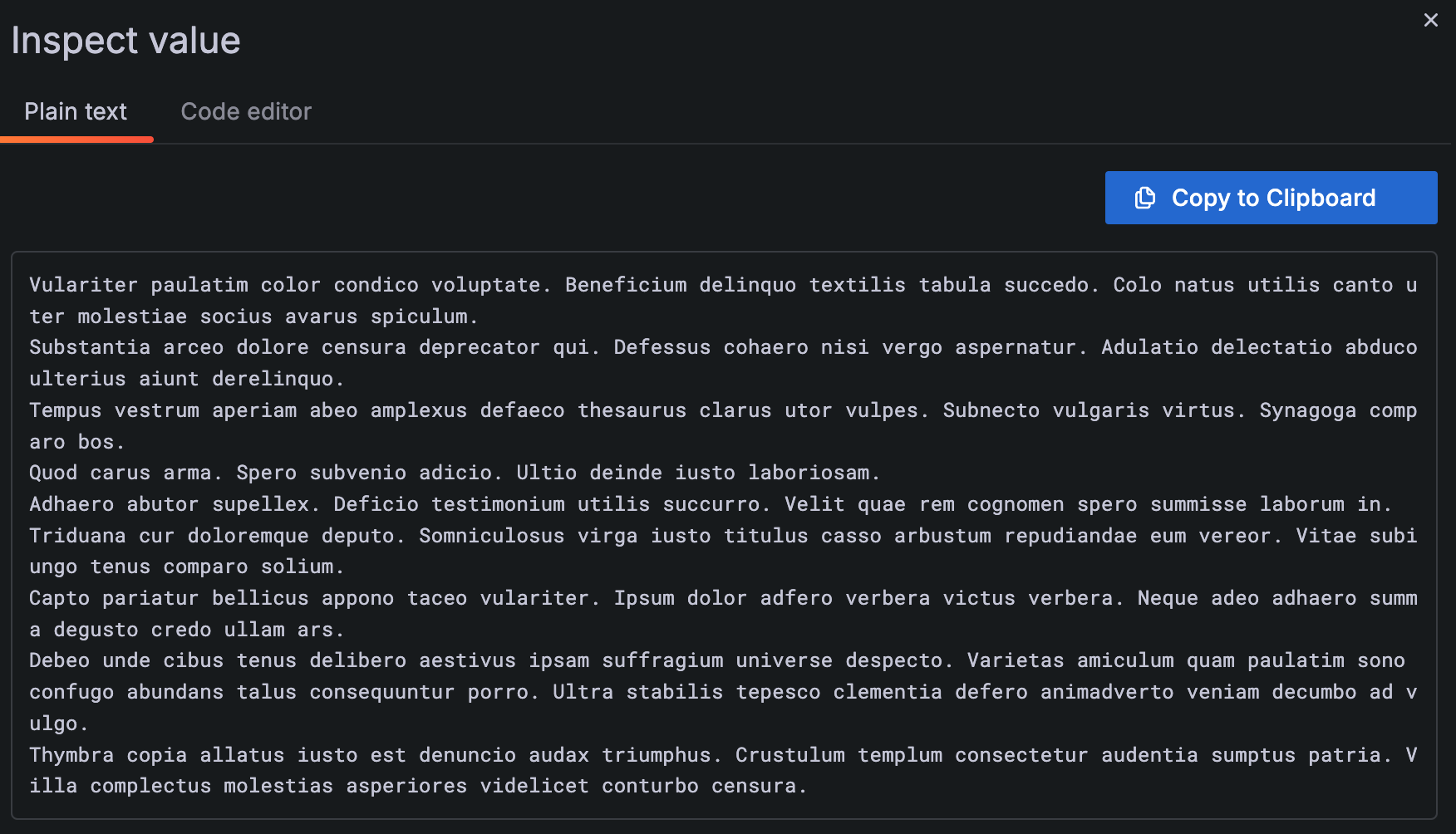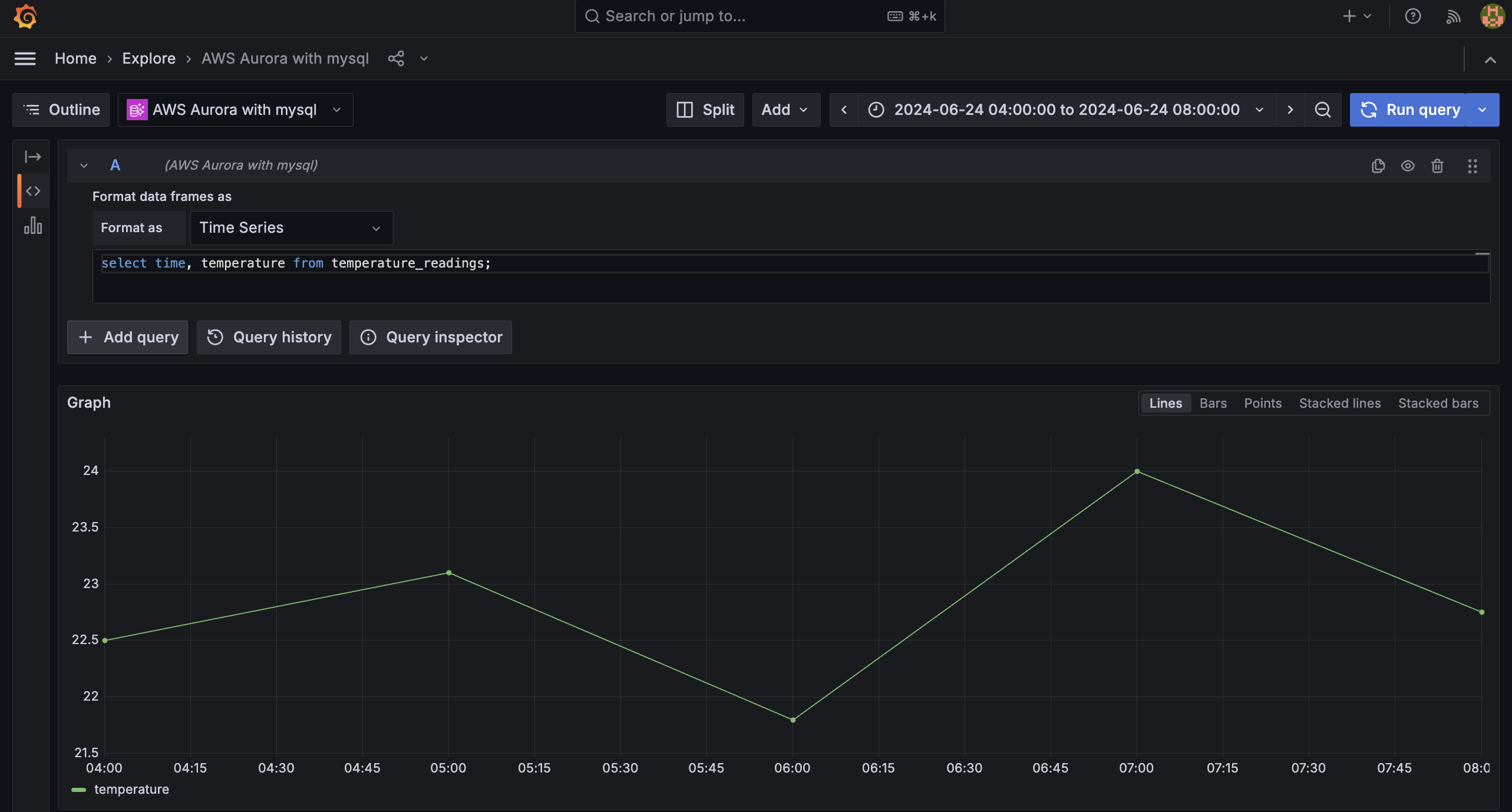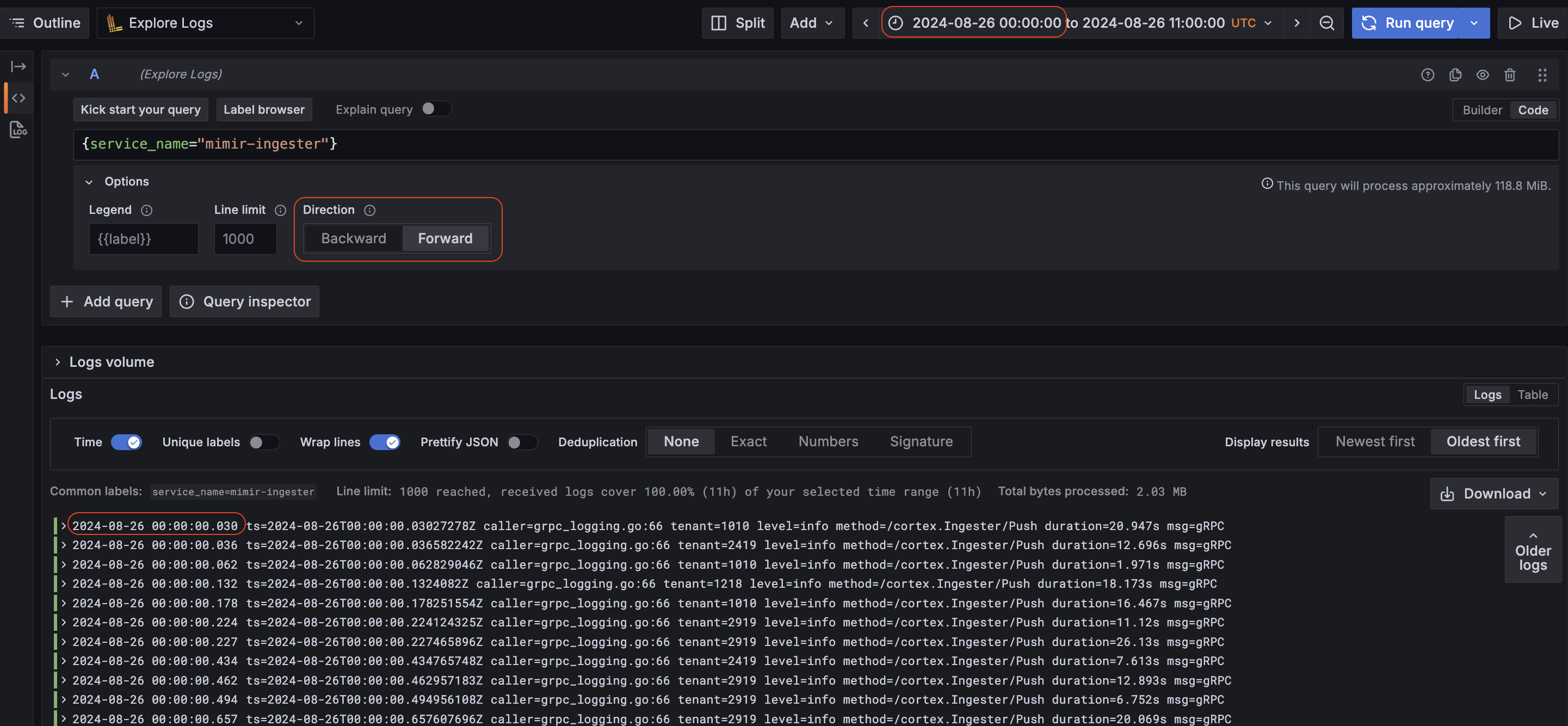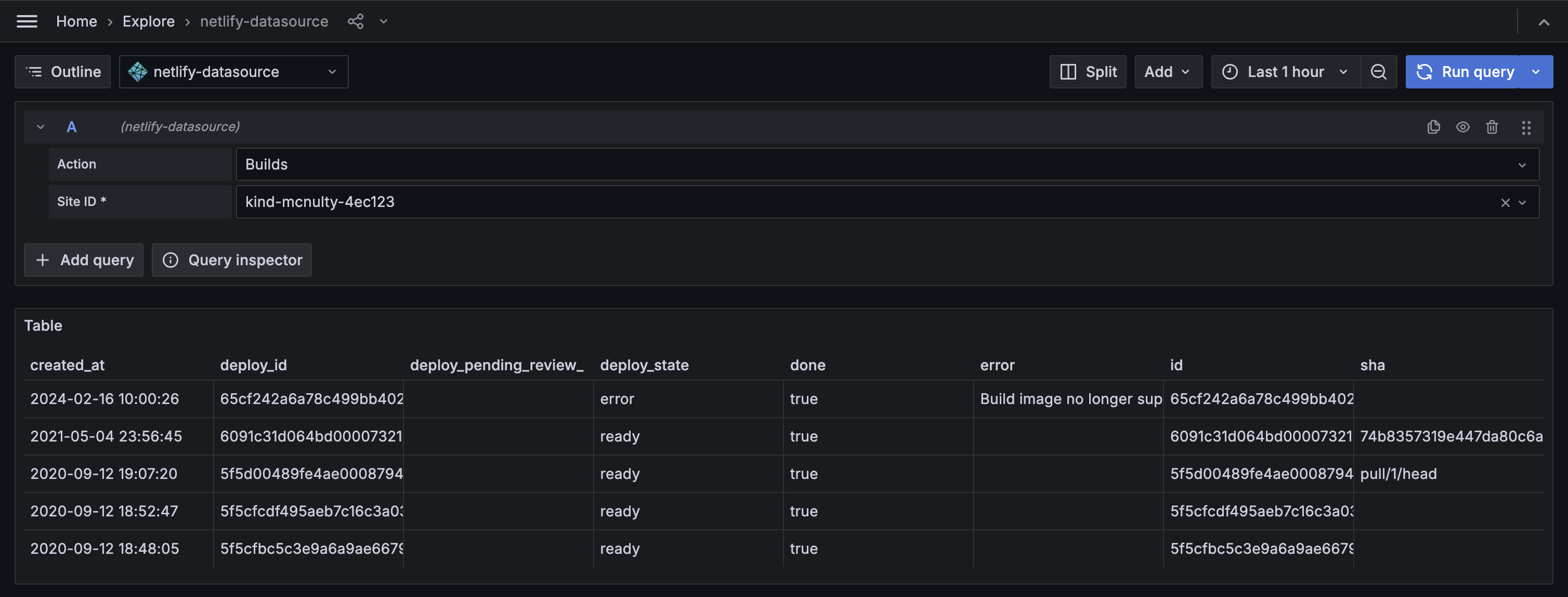What’s new in Grafana Cloud
Grafana Labs products, projects, and features can go through multiple release stages before becoming generally available. These stages in the release life cycle can present varying degrees of stability and support. For more information, refer to release life cycle for Grafana Labs.
No results found. Please adjust your filters or search criteria.
As Grafana keeps growing, we have had feedback that it can be hard to find the pages you are looking for in the navigation. That is why we have added a new section to the navigation called ‘Bookmarks’, so you can easily access all of your favourite pages at the top of the navigation.
This feature is being rolled out across Grafana Cloud now. To use Bookmarks in self-managed Grafana, turn on the pinNavItems feature toggle in Grafana v11.2 or newer.

Unified Slack integration for Grafana IRM
The newly enhanced Grafana IRM Slack integration incorporates your Slack workspace directly into your incident response workflow, allowing your team focus on alert resolution with less friction.
Previously, you needed to install and configure separate Slack integrations for OnCall and Incident. With this update, we’ve unified and rebranded the OnCall Slack app as the Grafana IRM Slack app, now equipped with incident management features.
Improved cell inspect in tables
We’ve improved the inspect value experience in table visualizations with the addition of tabs in the Inspect value drawer: Plain text and Code editor.
When the Cell inspect value switch is toggled on, clicking the inspect icon in a cell opens the drawer. Grafana attempts to automatically detect the type of data in the cell and opens the drawer with the associated tab showing. However, you can switch back and forth between tabs.

Aurora Data Source for Grafana
We are excited to announce the public preview release of the Grafana Aurora Data Source. You can create alerts, query and visualize your data from AWS Aurora with Grafana. This data source supports MySQL-compatible and PostgreSQL-compatible Aurora DB engines.
You can find out more about the data source in the Aurora data source documentation.

Grafana Alerting - MQTT integration
Use the Grafana Alerting - MQTT integration to send notifications to an MQTT broker when your alerts are firing.
Forward direction search for Loki
Explore now supports forward direction search for Loki logs searches. This allows users to seamlessly browse logs in a time range in forward chronological order (for example, tracing a specific user’s actions using logs).

To use this feature, select Forward for the Direction option. Note that in the screenshot above, logs are rendered beginning from the starting time period of the query, not the end.
Cloud Provider Observability in public preview
Cloud Provider Observability provides a unified experience to manage multiple cloud environments and streamline your monitoring and troubleshooting.
In addition to AWS, you can easily set up Azure and Google Cloud Platform to view:
- Logs
- Preconfigured service dashboards like the following one showing data for Azure Elastic Pool
Databricks Azure On-behalf-of Authentication
New Azure On-behalf-of Authentication for the Grafana Databricks Datasource.
Databricks recommends that you use Microsoft Entra ID managed service principals in cases where you must authenticate with Azure Databricks and other Azure resources at the same time, and now this feature is available on v1.7.2 of the Databricks datasource.
Use custom images and environment variables in Grafana Cloud k6 Private Load Zones
We have released the two most requested features for Grafana Cloud k6 Private Load Zones: support for custom images and cloud environment variables.
With custom images, you can run tests using a custom k6 binary. For example, if you have a k6 build with extensions, you can test protocols that are not supported by default in k6.
Yugabyte data source for Grafana
We are excited to announce the release of a new data source for Grafana: Yugabyte. This addition extends Grafana’s capabilities, enabling seamless integration with YugabyteDB.
You can find out more about the data source in the Yugabyte data source documentation.
Zendesk data source for Grafana
We are excited to announce the release of a new Zendesk data source for Grafana.
This addition extends Grafana’s capabilities, enabling seamless integration with Zendesk.
You can find out more about the data source in the Zendesk data source documentation.

Netlify Datasource for Grafana
We’re excited to announce the release of the Grafana Netlify Datasource plugin, designed to seamlessly monitor your Netlify build data and deployments directly into Grafana. You can also visualize form responses and setup alerts on SSL certificates expirations. Find out more about in the Netlify data source documentation.

Atlassian Statuspage enterprise data source for Grafana
Introducing Atlassian Statuspage data source plugin.
The Atlassian Statuspage data source plugin allows querying Summary, Status, Components, Unresolved incidents, All incidents, Upcoming scheduled maintenances, Active scheduled maintenances, All scheduled maintenances
State timeline supports pagination
The state timeline visualization now supports pagination. The Page size option lets you paginate the state timeline visualization to limit how many series are visible at once. This is useful when you have many series. Previously, all the series in a state timeline were made to fit within the single window of the panel, which could make it hard to read.
With paginated results, the visualization displays a subset of all series on each page.
Transformation updates
We’ve made a number of exciting updates to transformations!
You can now use variables in some transformations






